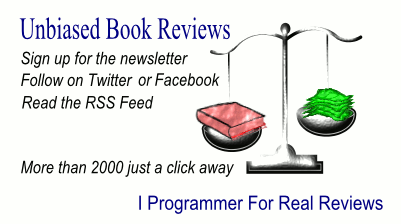| Head First iPhone Development |
|
Author: Dan & Tracey Pilone
Can jokes, quizes and general crazyness get you started with the iPhone - the Head Start series tackles a difficult subject.
Author: Dan & Tracey Pilone This is a fairly basic introduction to iPhone programming but it still isn't suitable for the complete beginner. To get much out of it you need to be able to program, preferably in Objective C, but at the very least an object-oriented language such as Java, C# or VB .NET. Of course you are also going to need a Mac and a development environment but the book tells you how to get everything organised. Roughly speaking if you are happy with writing code in some language and know what properties and objects are then you should find this at the right level. Of course being a Head First book the approach is fairly chaotic in terms of layout, extra boxes, jokes, Q&A sessions and so on. In this case it works fairly well because the overall structure of the book is good. If you are following things through in order then the one thing you should do is to read the Q&A session at the end of each chapter before you complete the chapter as it often puts things into context. The explanations are fairly good and the applications are just enough to get you to see how things work. The explanations of how things work are good and work as a discovery process. For example you are shown how to construct a GUI for an application by first sketching out some possible designs and then one is selected and the reasons given. Then you rough it out using the designer, move on to making it do something by writing some code - but it doesn't work! Don't panic we just have to hook up the code to the user interface objects. This discovery process is good and you should find that you are keeping up if not running ahead of the authors - this is reason you should probably read the Q&A at the end before assuming that there is something wrong or missing from the chapter. Missed features and facilities are often missing just so that you will notice they are needed. There are also a few errors and you do need to consult the web page for corrections. Also for a fairly thick book it doesn't cover everything you will eventually need to know - in particular it doesn’t explain how to use the accelerometer, internationalisation and device orientation. This isn't unreasonable in what is an introduction to the iPhone. The conclusion is that if you like the Head First approach then this is one of the better books in the series and should succeed in getting you started with iPhone development. If you are a reasonably good programmer then there are books that will take you further quicker but not with quite as much ease.
|
|||
| Last Updated ( Friday, 05 August 2011 ) |
